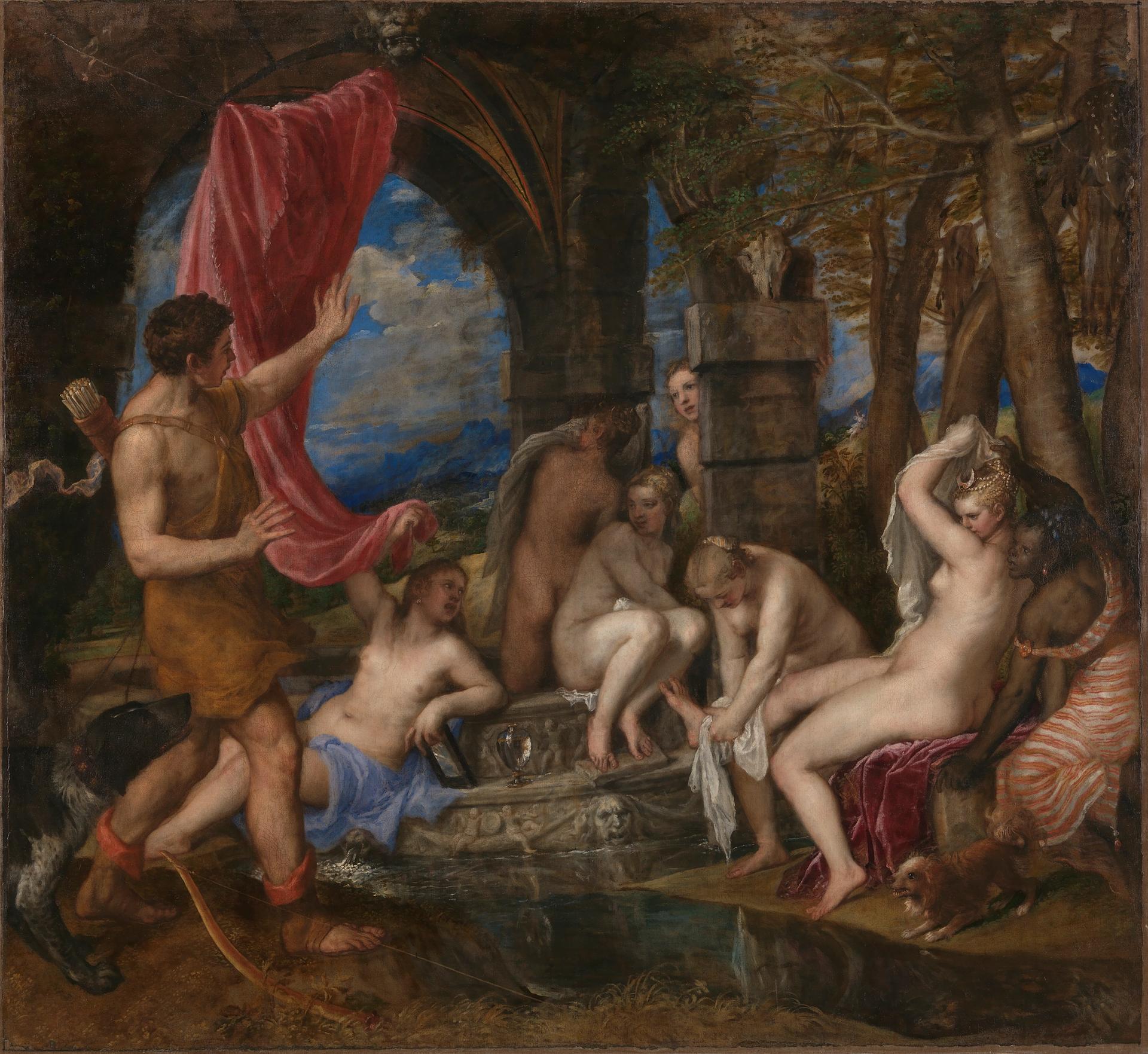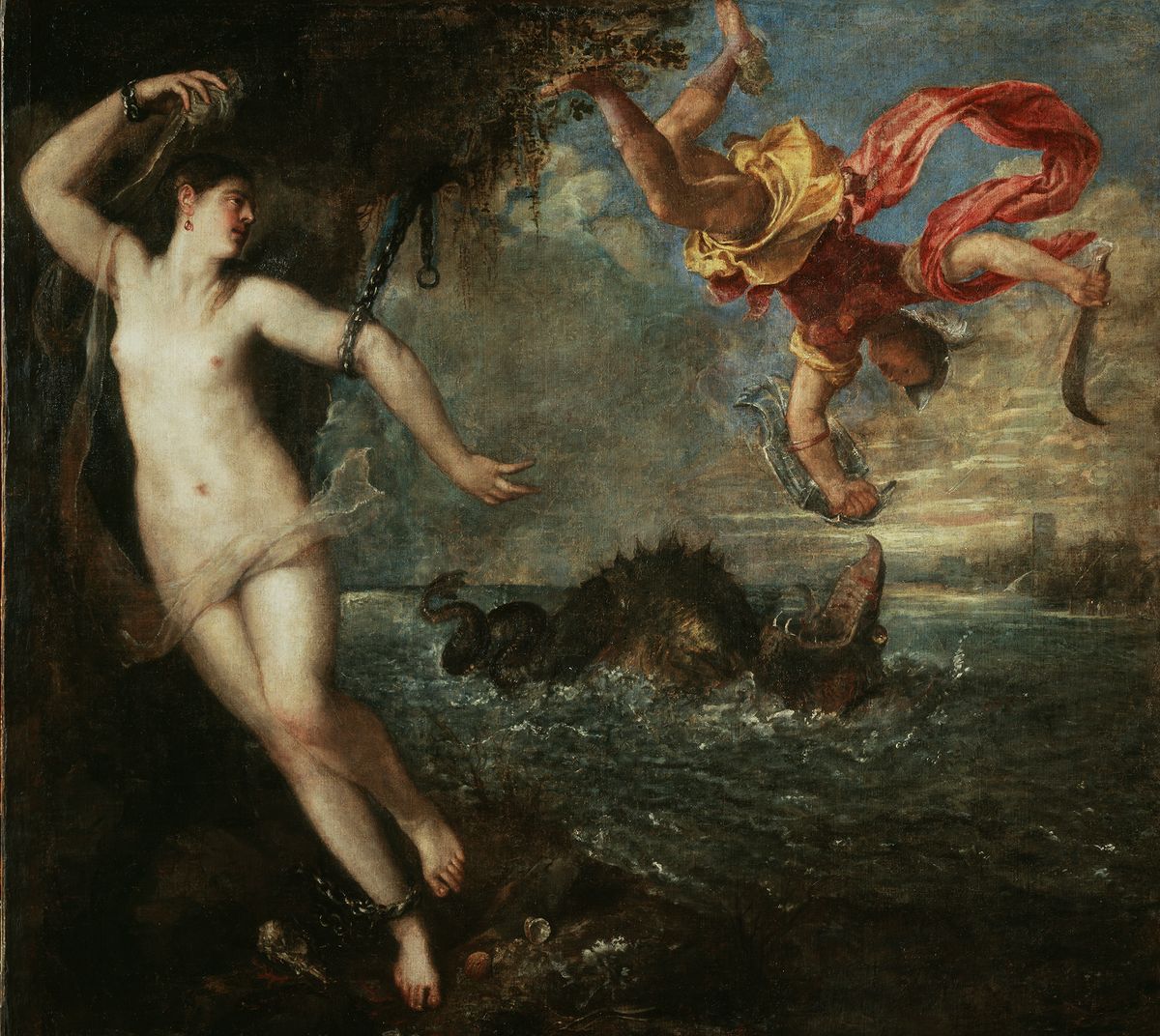Of all the art exhibitions forced to close by the pandemic, only a few provoked any significant outpouring of anguish from art lovers. Titian: Love, Desire, Death—closed after only three days at the National Gallery (NG) in London—was one of them. News that the exhibition was to be re-opened and extended was therefore greeted with acclaim. The dates have not been confirmed yet, but the general commitment that the show would one day re-open was a welcome sign that things just might one day return to normal.
But the National Gallery of Scotland’s (NGS) decision to cancel its own involvement in the show came as a blow to Scottish art lovers. The exhibition, due to come to Edinburgh after London (and before going on to the Prado in Madrid and then the Isabella Stewart Gardner Museum in Boston) promised to hold a special significance for Scotland.
The two most important paintings in the show, Diana and Actaeon (1556–59) and Diana and Callisto (1556-59), have an especially close association with Scotland. Today, they are owned jointly by the NGS and the NG. But they used to form part of the Duke of Sutherland’s collection, and first went on public display in Edinburgh in 1945. When the first painting was acquired for the nation in 2008 for £50m, the Scottish Government contributed £12.5m directly, an extraordinary gesture in the midst of a global financial crisis, and one which revealed their determination to continue to display the paintings in Scotland. It was the single largest government grant to acquire a painting in British history, and was essential in unlocking further funding from other sources, and ultimately led to the acquisition of both works. The UK government did not contribute directly at all.

Titian's Diana and Actaeon (1556-59) © The National Gallery London / The National Galleries of Scotland
In other words, the exhibition could not have happened without the support of the Scottish public. But now, Scots wanting to see the paintings as they were originally intended to be seen will have to travel to London.
Must London always win? Could the NGS have made a different choice? In any negotiations to continue the show, the NGS director, John Leighton, held a strong hand—but seems not to have wanted to play it. While it does make sense to first extend the exhibition in London, the failure to bring it to Scotland might be said to reflect a gallery with a lack of ambition. Furthermore, the NGS’s reasoning behind the cancellation is revealing, and goes to the heart of what the gallery does, and who it serves.
The Edinburgh exhibition was originally due to coincide with the Edinburgh Festival, which brings in a surge of visitors to the capital every year. About half of all visitors come from outside Scotland. The NGS was relying on what it describes as this "key audience" of international tourists to make the exhibition "viable".

Titian's Diana and Callisto (1556-59) © The National Gallery London / The National Galleries of Scotland
There is a separate question here as to why art exhibitions—even small ones with just six paintings—have become so expensive to put on. Museum inflation seems to be running out of control. But the fundamental issue is why the NGS only felt able to put on such a show during the festival. Does it not deem Scottish visitors to be its key audience?
When a national gallery builds its display programme around an international audience, it ceases to become a national gallery, and instead just becomes another visitor attraction. And unlike the NG in London, the NGS does not need to rely on overseas visitors to keep the lights on. It receives by far the bulk of its running costs from grant-in-aid; about 70% is covered by the Scottish Government, far more than most national museums in the UK.
Of course, the pandemic brings a multitude of challenges for any museum. The NGS should not reopen until it can do so safely and in a economically viable way. Yet the crisis also brings greater responsibilities too. Art can help us get through this. Now is not the time to be viewing exhibitions purely through the prism of profit. International visitors will not be coming back in quantities any time soon. Whether we like it or not, the pandemic will force museums to place renewed focus on domestic audiences. That might not be a bad thing.


